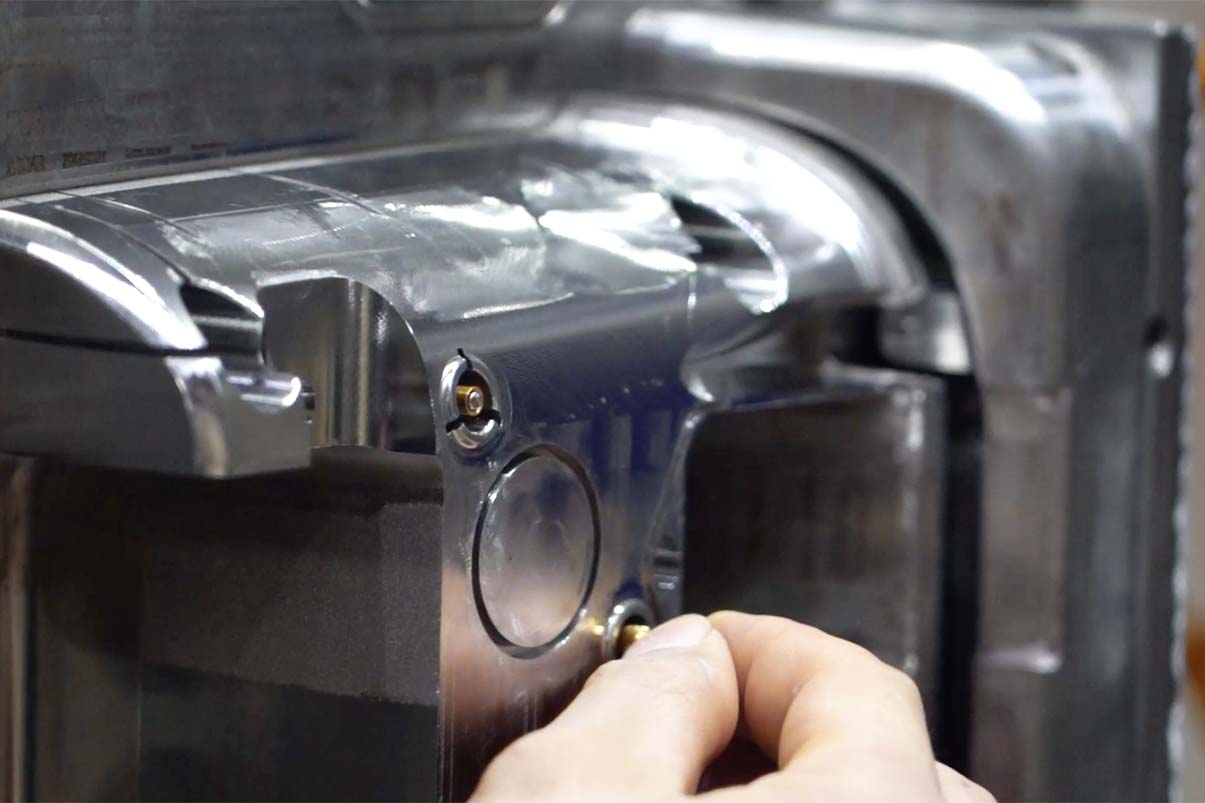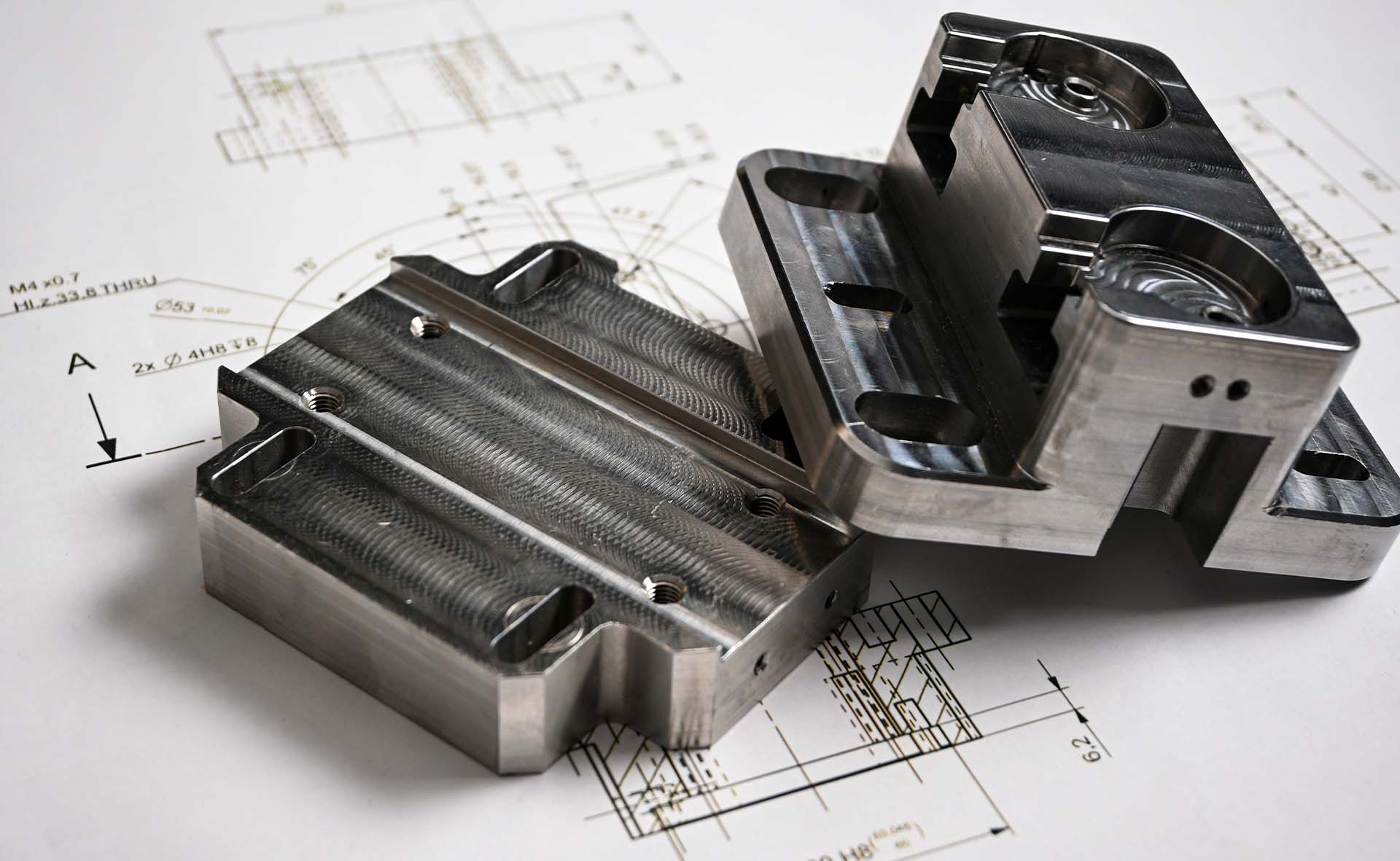Most of our everyday items consist of more than one material. The integration of various materials serves as a fundamental aspect in the design and manufacturing of a wide array of products, contributing to their functionality, durability, and overall versatility. Whether it’s the combination of metals and plastics in electronic devices or the integration of rubber with rigid components in household items. One way to achieve this is through a method called insert moulding.
In this article, we will explore the insert moulding process, how it works, when and why to use it, and examples of its applications.
Insert moulding is a plastic injection moulding process in which a pre-formed component, called an “insert,” is placed into the mould before the plastic material is injected. The plastic then surrounds and bonds with the insert during the moulding process, resulting in a single, integrated part. This process allows for the manufacturing of high strength, durable, and functional products. It is a widely popular and applicable process in different industries due to its high compatibility and effectiveness
Insert moulding is quite similar to common plastic injection moulding. It involves melting and injecting molten raw materials or plastic into a moulding. The main difference lies in the moulding used in the insert moulding process. Here’s a step-by-step breakdown of the insert moulding process:

Step 1: Insert Placement – Insert moulding begins with the placement of pre-fabricated inserts into the mould cavities. Whether done manually by skilled operators or with automated machinery, this step demands precision to ensure each insert is accurately positioned. Consistent orientation and placement are paramount for achieving uniformity in the final product.
Step 2: Clamping – Once the inserts are in place, the mould is closed. The mould typically consists of two halves that come together to encase the inserts. The closed mould creates a cavity in the shape of the desired final part.
Step 3: Inject Mould Plastic into the Mould – Molten plastic material is injected into the mould cavity under high pressure. The plastic material fills the space around the inserts, taking the shape of the mould. The injection moulding machine applies heat and pressure to melt and shape the plastic around the inserts.
Step 4: Cooling – Once the mould is filled, the entire assembly undergoes a controlled cooling process. Proper cooling time is critical for achieving a strong bond between the plastic and the inserts, as well as prevents issues like warping or stress within the moulded part.
Step 5: Mould Opening and Ejection – Once the plastic has solidified, the mould is opened. The integrated part, now consisting of the plastic and the embedded inserts, is removed from the mould . Excess material, known as flash, may be trimmed or removed. The part is then ready for further processing, quality inspection, and any necessary post-processing steps.
The insert moulding process typically involves the incorporation of another pre-made component from either metal, plastic or other material, into a plastic component. This incorporation is to provide a localized hard point for locating or fastening components.
One of the most common forms of insert moulding is the incorporation of brass-threaded inserts. The threads in the brass are more wear resistant and therefore great for moving components, allowing parts to assemble and disassemble multiple times without significant wear.

Knobs with threaded shafts are also a common occurrence in insert moulding. Beyond threaded components, some other applications for insert moulding includes screws, spindles, hard contact point bearings, bushings, and dowel pins.
Overmoulding is another popular injection moulding process. It’s a process whereby a single part uses two or more different materials, typically different types or colours of thermoplastics, elastomers, or rubber. It is commonly used to enhance the grip, aesthetics, or functionality of a product.
Insert moulding and moulding are two distinct injection moulding processes; the main difference lies in the application of materials and the complexity of the process. In insert moulding, pre-formed components (metal, plastic, or another rigid material) are placed into the mould before the plastic material is injected, in a single shot. Whereas, overmoulding involves moulding another material over an already moulded part, typically requiring multiple shots.
View an in-depth article on the differences between insert moulding and overmoulding.
Insert moulding is a widely used manufacturing technique, and there are several reasons why it is popular for various applications:
Insert moulded components have a wide range of applications in different industries. Common industries that use insert moulded parts include:
As we’ve learned from above, insert moulding is a complex process that when executed correctly, can deliver cost-effective, efficient and durable results. Therefore, it is strongly advisable to consult with a tooling and plastic injection moulding professional when undertaking such projects.
Looking to produce your custom-insert moulded parts? Simply submit your CAD designs and project details via our site contact form, and our team will get back to you with a quote within 24 hours.
